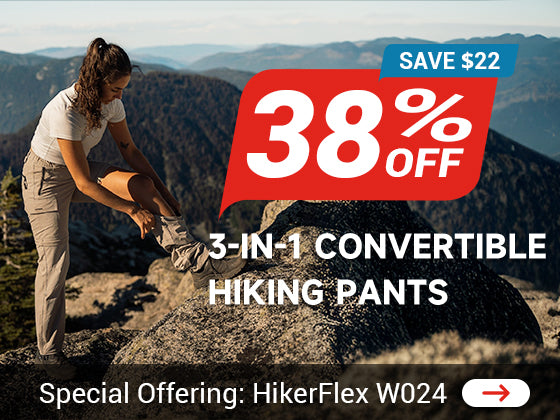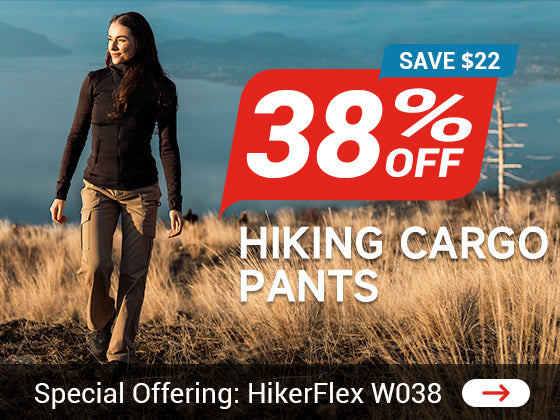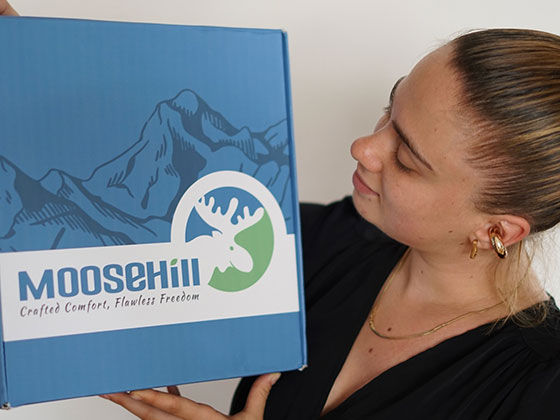Mit der Popularisierung des Radfahrens werden die Typen und Formen von Mountainbike-Teilen immer vielfältiger.
Viele Fahrer übersehen oder verwechseln bei der Verfolgung von hoher Leistung und Aussehen der Teile die grundlegenden Leistungs- und Nutzungsbedingungen der Teile, und viele scheinbar vernünftige Kombinationen sind tatsächlich falsch. Hier sind einige häufige Missverständnisse bei der Auswahl und Verwendung von Mountainbike-Teilen.
1. Vier Peilin-Blumentrommeln sind feuchter als zwei Peilin-Blumentrommeln
Erklärung: Die Vier Peilin Blumentrommel bezieht sich auf vier unabhängige Peilin-Lager im hinteren Blumentrommel, mit jeweils zwei auf jeder Seite. Es gibt auch 2 Peilin Blumentrommeln und 5 Peilin Blumentrommeln, die häufig zu sehen sind – es gibt 5 unabhängige Peilin-Lager im hinteren Blumentrommel, 3 auf einer Seite der Turmbasis (Schwungradseite) und 2 auf der anderen Seite. Unabhängig von der Anzahl der Peilin Huagu bezieht sich dies auf die Anzahl der Peilin im hinteren Huagu, während der vordere Huagu nur zwei hat. Zum Beispiel bei der Nine Desires 4 Peilin Blumentrommel ist die hintere Blumentrommel 4 Peilin und die vordere Blumentrommel 2 Peilin; bei der Quad5 Peilin Blumentrommel ist die hintere Blumentrommel 5 Peilin und die vordere Blumentrommel 2 Peilin.
Einige Fahrer glauben, dass die Vier-Peilin-Blumentrommel feuchter ist als die Zwei-Peilin-Blumentrommel, aber das ist ein Irrtum. Die Glätte der Peilin-Blumentrommel hängt von der Glätte der Peilin und der Anzahl der Peilin ab. Je mehr Peilin vorhanden sind, desto größer ist der Rollwiderstand der Blumentrommel.
Das Merkmal der Duopeilin-Blumentrommel (3 oder mehr Blumentrommeln) besteht darin, eine größere Blumentrommelstärke zu erzielen, um einer stärkeren Aufprallkraft standzuhalten, die Wahrscheinlichkeit von Schäden an der Blumentrommel zu verringern und den Verschleiß der Blumentrommel zu reduzieren.
2. Größe des Außereifens
Die gängigen Reifengrößen für Mountainbikes umfassen derzeit 26x1,3, 1,5, 1,75, 1,9, 1,95, 2,0, 2,1, 2,125, 2,3 usw.
Ich höre oft meine Mitfahrer sagen: „Warum ist mein 2,1 Reifen genauso breit wie dein 1,95 Reifen?“
Die auf der Reifengröße angegebene Größenangabe bedeutet (am Beispiel 26x2.0): Der Außendurchmesser der Felge beträgt 26 Zoll, und die Reifenhöhe beträgt 2,0 Zoll. Hier bezieht sich 2,0 auf die Höhe des Reifens (die Höhe vom äußeren Rand der Felge bis zum Boden bei normalem Reifendruck) und nicht auf die Breite. Je höher der Reifen, desto größer ist der äußere Umfang des Reifens, daher müssen wir die Basis des Kilometerzählers entsprechend der Reifengröße anpassen. Die Höhe des äußeren Reifens ist ein internationaler Standard, die Breite jedoch nicht, sodass die Breite von Reifen derselben Größe unterschiedlich sein kann. Genau deshalb haben viele Fahrer festgestellt, dass die Breite von Reifen verschiedener Marken, 2,1 und 1,95, scheinbar wenig Unterschied macht.

Der Vorteil von großformatigen Reifen: Der Außendurchmesser des Rads vergrößert sich
(1) Die Trägheit der Reifenrotation nimmt zu, was besser dazu beiträgt, die Fahrzeuggeschwindigkeit zu halten. Reiseautos und Straßenfahrzeuge verwenden deshalb große Räder wie 700c.
(2) Je größer der Durchmesser des Rades, desto leichter ist es, raue Straßen zu passieren, was die Geländegängigkeit und Offroad-Leistung des Fahrzeugs verbessert.
(3) Heben Sie die Fahrzeugkarosserie an, um die Wahrscheinlichkeit zu verringern, dass die Zähne oder Füße beim Fahren im Gelände mit Hindernissen in Kontakt kommen.
(4) Mit zunehmender Höhe des Reifens wird die Breite des Reifens unverhältnismäßig zunehmen, was die Stabilität des Fahrzeugs beim Fahren im Gelände verbessert.
Nachteile von großformatigen Reifen: erhöhter Außendurchmesser der Räder
Die potenzielle Energie der Reifenrotation nimmt zu, was der Beschleunigung nicht förderlich ist. Trägheit ist eine Eigenschaft, die dazu beiträgt, den ursprünglichen Bewegungszustand eines Objekts aufrechtzuerhalten, aber Veränderungen seines Bewegungszustands behindert.
Hinweis: Die Oberfläche der meisten Reifen ist gewölbt, und die Kontaktfläche von Reifen unterschiedlicher Größe ist bei normalem Reifendruck ähnlich.
3. Reifendruck - bitte halten Sie den normalen Reifendruck ein
Verschiedene Marken und Modelle von Reifen haben spezifische normale Druckbereiche. Der normale Druckbereich eines Reifens hängt vom Druckbereich des Außenreifens ab. Der normale Druckbereich eines Reifens ist auf dem Außenreifen in Einheiten von "bar" und "psi" angegeben.
Die Vorteile eines niedrigeren Reifendrucks innerhalb des normalen Reifendruckbereichs sind:
(1) Der Reifen ist relativ weich und absorbiert die Vibrationen der Straßenoberfläche für das Fahrzeug und den Fahrer, was einen besseren Komfort bietet.
(2) Erhöhen Sie die Kontaktfläche zwischen dem äußeren Reifen und dem Boden, um die Fahrzeugstabilität zu verbessern.
(3) Erhöhen Sie die Haftung auf trockenen und harten (vereisten) Straßenoberflächen.
(4) Reduzieren Sie den Druck, um ein Einsinken des Reifens in sehr weiche Oberflächen wie Sand und Schlamm zu verhindern.










